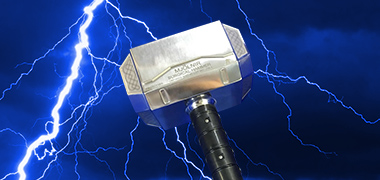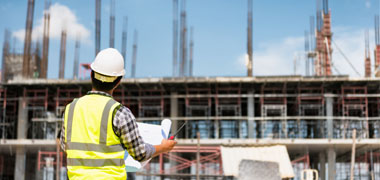
This role has a low level of AI exposure. Core skills such as adaptability, social intelligence, and complex physical tasks remain beyond the capabilities of current AI.
Explore all careersSteel Fixers position and secure steel for concrete, cutting, bending, and welding as needed while working outdoors and in teams.
Get qualified to work as a Steel Fixer with a course recognised across Australia. Speak to a training provider to learn more.
Browse occupations related to Steel Fixer
In Australia, a full time Steel Fixer generally earns $1,406 per week ($73,112 annual salary) before tax. This is a median figure for full-time employees and should be considered a guide only. As you gain more experience you can expect a potentially higher salary than people who are new to the industry.
 Courses.com.au Team
Courses.com.au Team
The number of people working in this industry has increased in recent years. There are currently 3,900 people working as a Steel Fixer in Australia compared to 3,400 five years ago. Steel Fixers may find work across all regions of Australia.
Source: Australian Government Labour Market Insights
 Courses.com.au Team
Courses.com.au Team
If you’re thinking of becoming a Steel Fixer you could enrol in a Certificate III in Steelfixing. This course will show you how to do basic steelfixing work and cover topics such as taking measurements, using standard tools and handling materials. You could also consider a Certificate III in Post-Tensioning which covers monostrand, multistrand and stressbar post tensioning.
 Courses.com.au Team
Courses.com.au Team



A Steel Fixer works with concreters to place steel into concrete. You might use steel mesh to reinforce concrete or position steel beams before concrete is poured. Steel Fixers cut steel to size, bend or weld it as required and place it into position. You may have to use other equipment to place heavy steel into position.
Steel Fixers need to be able to follow directions and work to a plan. You’ll be working as part of a team so good communication skills are essential. Steel Fixers need to be capable of manual labour and should be ready to work outdoors in all sorts of weather.